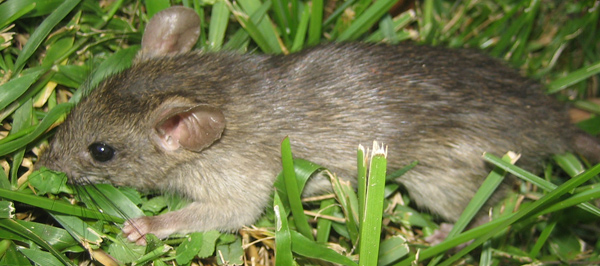- info@wildlife-removal.com
Call us for help in your town
Wildlife Removal Education
Do Rats Bite Sleeping Babies?
Need rat removal in your hometown? We service over 500 USA locations! Click here to hire us in your town and check prices - updated for year 2020.
Rat bites are not common, although they display aggression when threatened and may bite, fight and even chase the instigator. For urban rats that habitually live in and around human dwellings – in the sewers, around garbage dumps, farms, as well as inside of houses, most of their activities are carried out at night when humans are asleep and unexpected ‘interference’ at such times may lead to the rat being startled and displaying aggression.

Unprovoked rats have also been known to occasionally creep up on sleeping forms of humans to bite them and majority of the victims tend to be children, bed-confined adults, or homeless people sleeping in alleys. In many cases, these individuals may have fallen asleep while eating, thereby having food residues on their person. These serve to attract the foraging rats and they basically attempt to eat the food residues off the sleeping form. Mostly susceptible to this victimization, are exposed body parts in sleep, like the toes, fingers, and hands.
Possibility of Infections and Diseases
Thankfully, rat bites are rarely severe as the infection rate is at a low of about two percent. A standard treatment would be to simply wash the wound and keep it dry. In a few cases however, diseases and infections can be transmitted to the bitten individual. Examples are:
- Rat bite fever or rat pox may be transmitted from an infected rat to the bitten individual.
- The saliva of some rat species contains hazardous diseases like Leptospirosis and Hantavirus.
- Rodent bites also make humans susceptible to tetanus infections.
As a precaution, all rat bites should be promptly and thoroughly cleaned and disinfected. Medical attention would be in order as well as some individuals may need tetanus shots.
Rodents are not known to transmit rabies. Do Rats Carry Rabies?
Rat Bite Appearance and Symptoms
A rat bite may appear shallow or deep, and it may be a single puncture wound or multiple abrasions. It is common for bleeding to occur.
Common symptoms with bitten individuals include pain, redness and swelling. In the case of a secondary infection, there may be a pus-filled wound.
Symptoms of rat bite fever include muscle ache, fever, vomiting, headache, joint pain, and rash. These occur 3 – 10 days after being bitten by an infected rat.
Symptoms of spirillary rat bite fever vary – a relapsing fever, an ulcer at the site of the bite, swelling, swollen lymph nodes and rashes. These symptoms may occur 1 – 3 weeks after being bitten by an infected rat.
Go back to the Rat Removal page, or for more instructions read my How to get rid of rats guide, or learn specifically about How to remove rats in the attic.


















